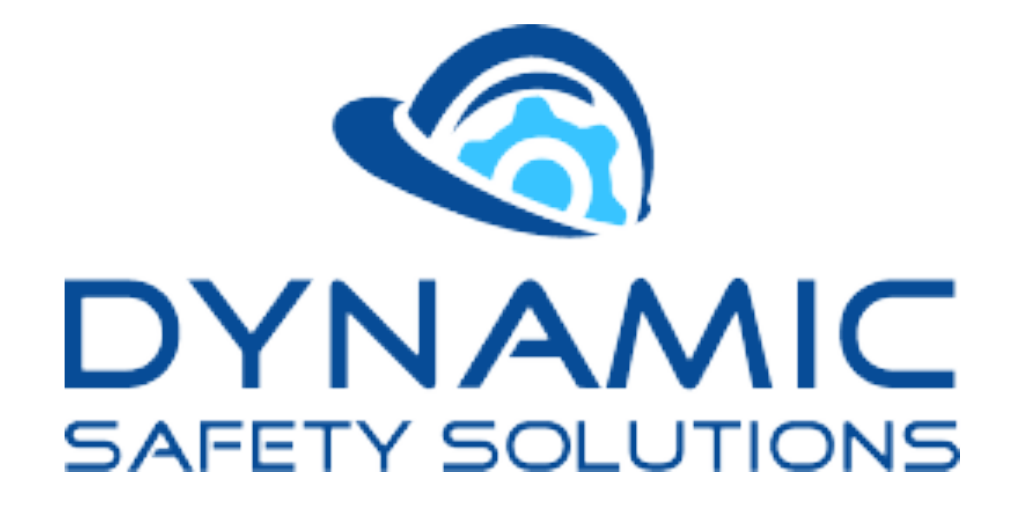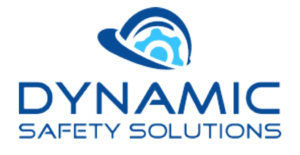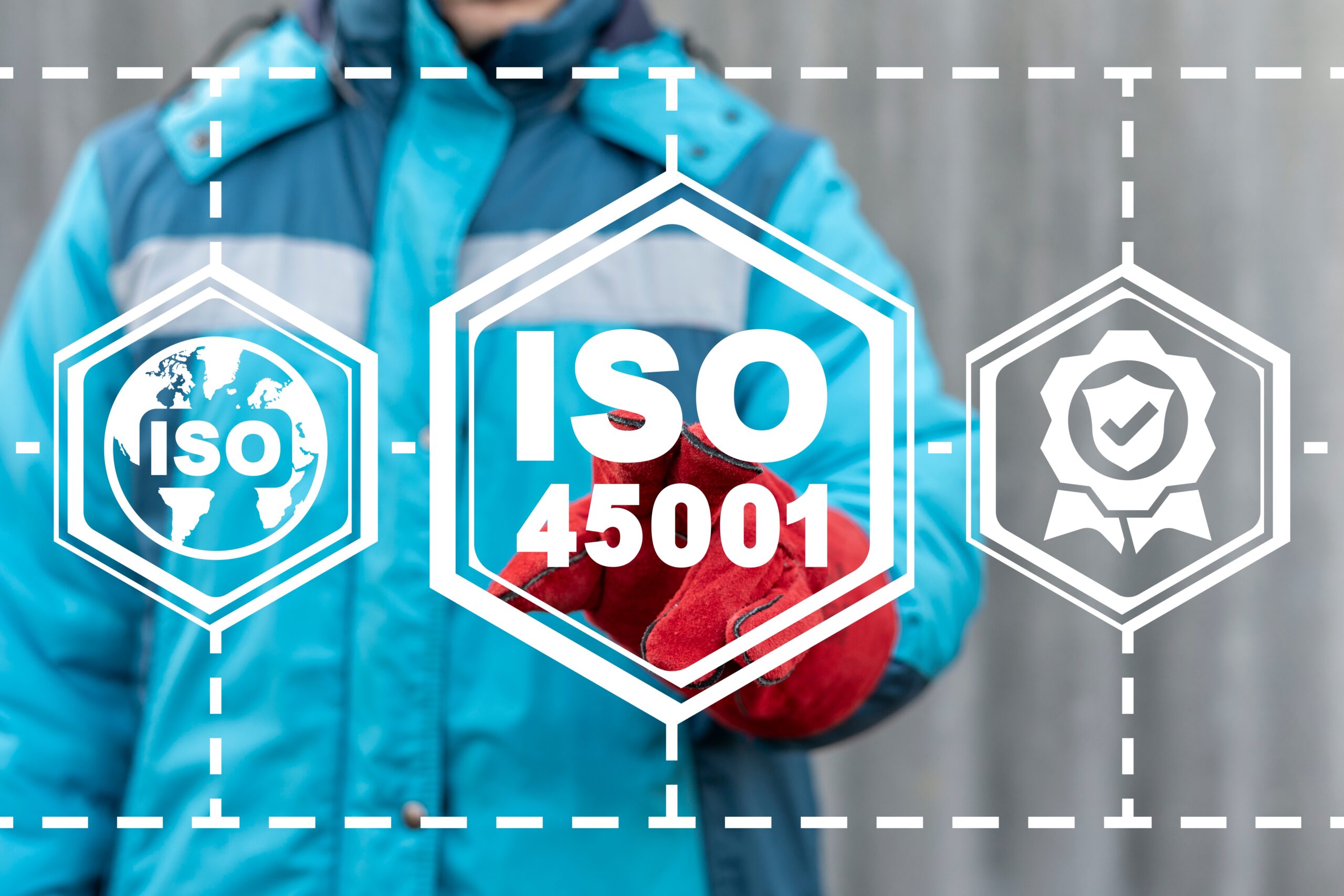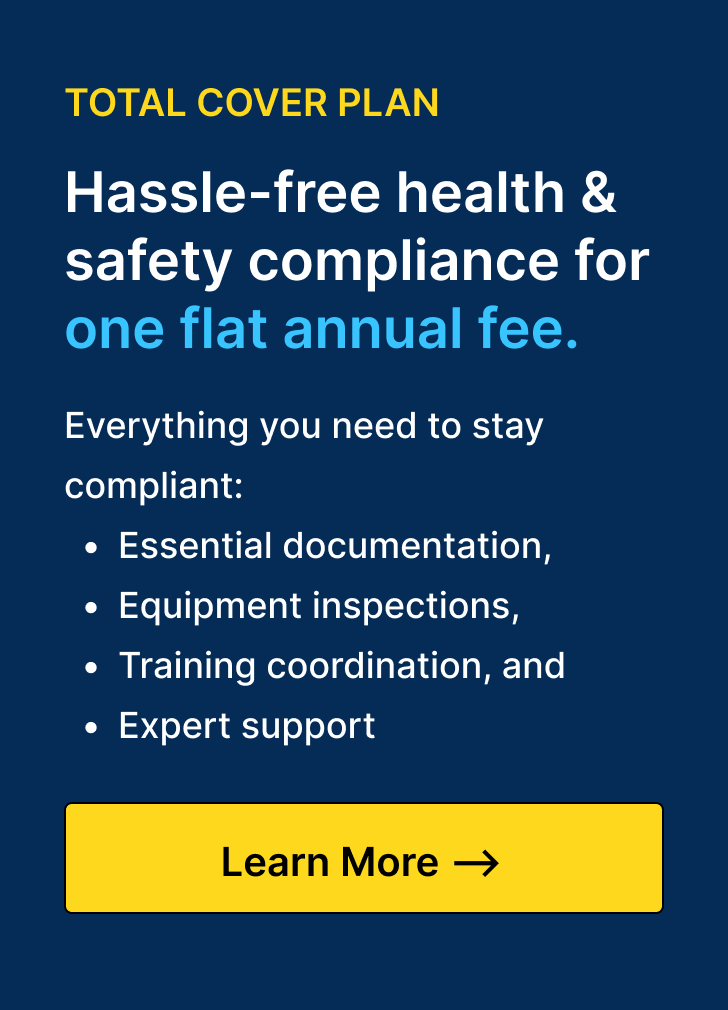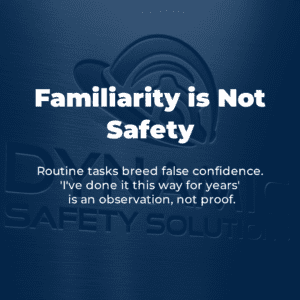A safer workplace starts here
Whether you’re in manufacturing, construction, healthcare, or beyond, keeping your employees and visitors safe is non-negotiable. ISO 45001 provides a framework for businesses to proactively manage health and safety risks, reduce incidents, and foster a culture of wellbeing. In this guide, we cover the essentials of ISO 45001, its benefits, and how Dynamic Safety Solutions can help you implement it successfully.
Health and safety in the workplace are the number one concern of most businesses, yet still deaths and injuries occur. ISO 45001 sets the minimum standard of practice to protect employees worldwide.
No matter who you are, health and safety is relevant for you.
ISO 45001 sets requirements for occupational health and management systems and is designed to help organisations worldwide protect the health and safety of people at work.
The goal is to help businesses protect workers and guests from work-related accidents and diseases. The standard provides guidance that senior management can use to create a safe working environment, control factors that cause illness and injury, preserve workers’ physical and mental well-being and reduce business risk.
Why is ISO 45001 important?
According to the International Organization for Standardization, 153 people experience workplace injuries. In serious cases, unsafe working conditions can even lead to death.
Safety requirements and protocol vary from industry to industry and jobsite to jobsite. One of the benefits of ISO 45001 is that it is flexible enough to implement in virtually any organisation.
ISO 45001: Your questions answered
Who is ISO 45001 for?
ISO 45001 is applicable to all organisations, regardless of size, industry or nature of business. It is designed to be integrated into an organisation’s existing management processes and follows the same high-level structure as other ISO standards, such as ISO 9001 (quality management) and ISO 14001 (environmental management).
What are the benefits for my business?
ISO 45001 enables organisations to put in place an occupational health and safety (OH&S) management system. This will help them manage their OH&S risks and improve their OH&S performance by developing and implementing effective policies and objectives.
Key benefits include:
Reduction of workplace incidents
Reduced absenteeism and staff turnover, leading to increased productivity
Lower insurance premiums
Creation of a proactive health and safety culture
Ability to meet legal and regulatory requirements
Enhanced reputation and improved staff morale
Who should get ISO 45001 certification?
This standard is suitable for businesses of all sizes and industries — including automotive, construction, manufacturing and healthcare — that want to demonstrate their commitment to a safe working environment.
How does it differ from other OH&S standards?
ISO 45001 draws from OHSAS 18001 and guidelines such as ILO-OSH 2001. It takes a broader view by incorporating the interaction between the business and its operating environment and encourages a risk-based approach to OH&S.
Can I integrate ISO 45001 into my current management system?
Yes. ISO 45001 shares a common structure with ISO 9001:2015 and ISO 14001:2015, allowing for easy integration into your existing systems. This is especially beneficial for organisations already managing quality or environmental processes.
Does ISO 45001 replace the need for other certifications?
No. It complements rather than replaces other standards. ISO 45001 is specific to occupational health and safety, while ISO 9001 and ISO 14001 focus on quality and environmental management, respectively.
Can ISO 45001 help manage human factors?
Yes. Human factors that contribute to workplace incidents are considered as part of the OH&S management system under ISO 45001, helping organisations proactively manage these risks.
How Dynamic Safety Solutions can help
If you’re considering ISO 45001 certification, Dynamic Safety Solutions can guide you through the entire process, from gap analysis to certification readiness.
We’ll help you:
Analyse your OH&S risks and relevant business activities
Define the scope and objectives of your management system
Set up policies and timelines for implementation
Address any resource or training gaps
Achieve a fully compliant, certifiable OH&S management system
Get in touch with us today to take the next step toward building a safer workplace for your team.
